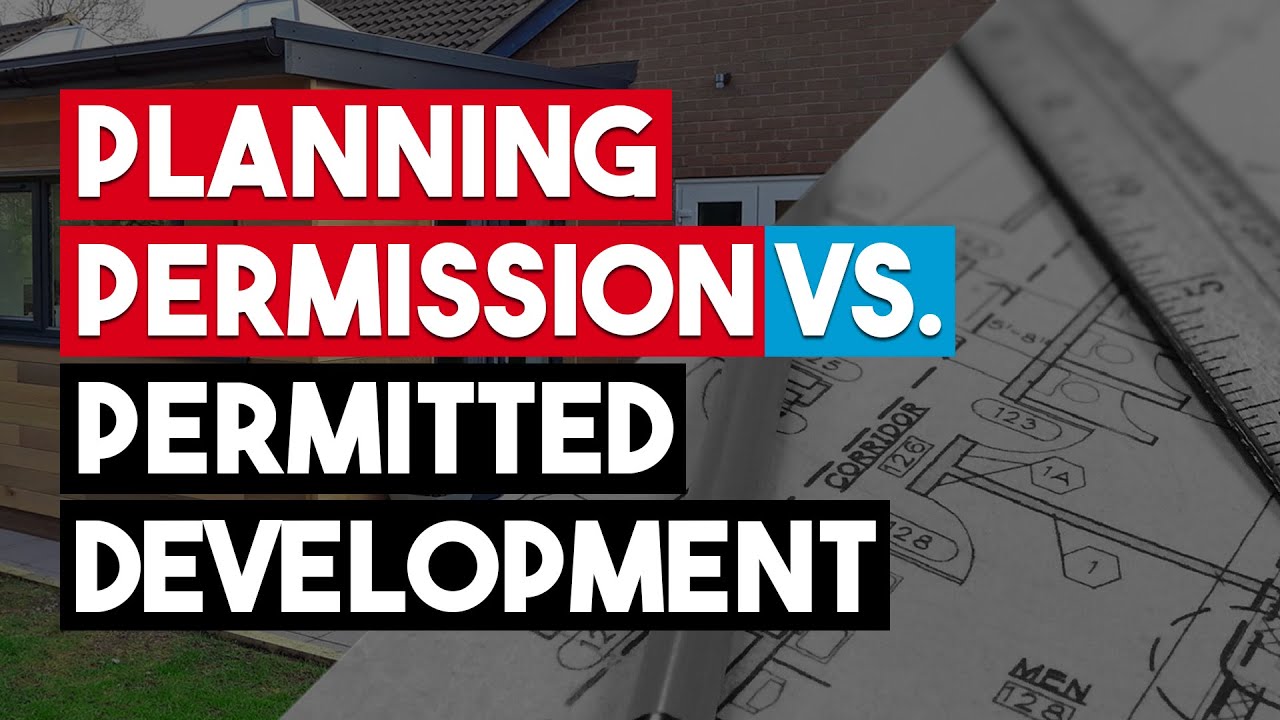
Planning Permission And Permitted Development
Here is everything you can build under planning permission and permitted development.
What do I need planning permission for?
Planning permission is a form of consent from your local council, for a proposed building project. This is not always required, but usually needed when a completely new building Is proposed or a large change to the existing property.
Do I need full planning permission?
Building without planning permission is called permitted development. Permitted development rights allows homeowners to do certain building works that come under there rules and regulations. For example, the projects you can do under permitted development are:
- A standard loft conversion: As long as the loft conversion is no higher than the highest part of the roof and the materials used have to be the same or similar to the existing materials.
- Add a single-storey extension: The building materials must be the same or similar materials. Also, the extension cannot extend past the rear wall by 3 meters if a semi-detached home or 4 meters for a detached home. Must be built on the side or rear of your home.
- Change internal floor plan: you can change your internal walls as long as it is not a structural wall. You also need to make sure you’re not extending your overall footprint of the property.
- Replacing windows and doors: you do not usually need planning permission unless you live in a listed home or conservation area.
- Add a side extension: must be a single-storey and less than 4 meters in height. And, it can be no more than half the width of the original house.
- Add a porch: you will not need to apply for planning as long as the floor doesn’t exceed 3 square meters and no more than 3 meters above the ground.
When is planning permission needed?
- Large building operations such as structural alterations, extensive construction, rebuilding and demolition.
- Engineering operations
- Subdivision of a building
- Material changes






